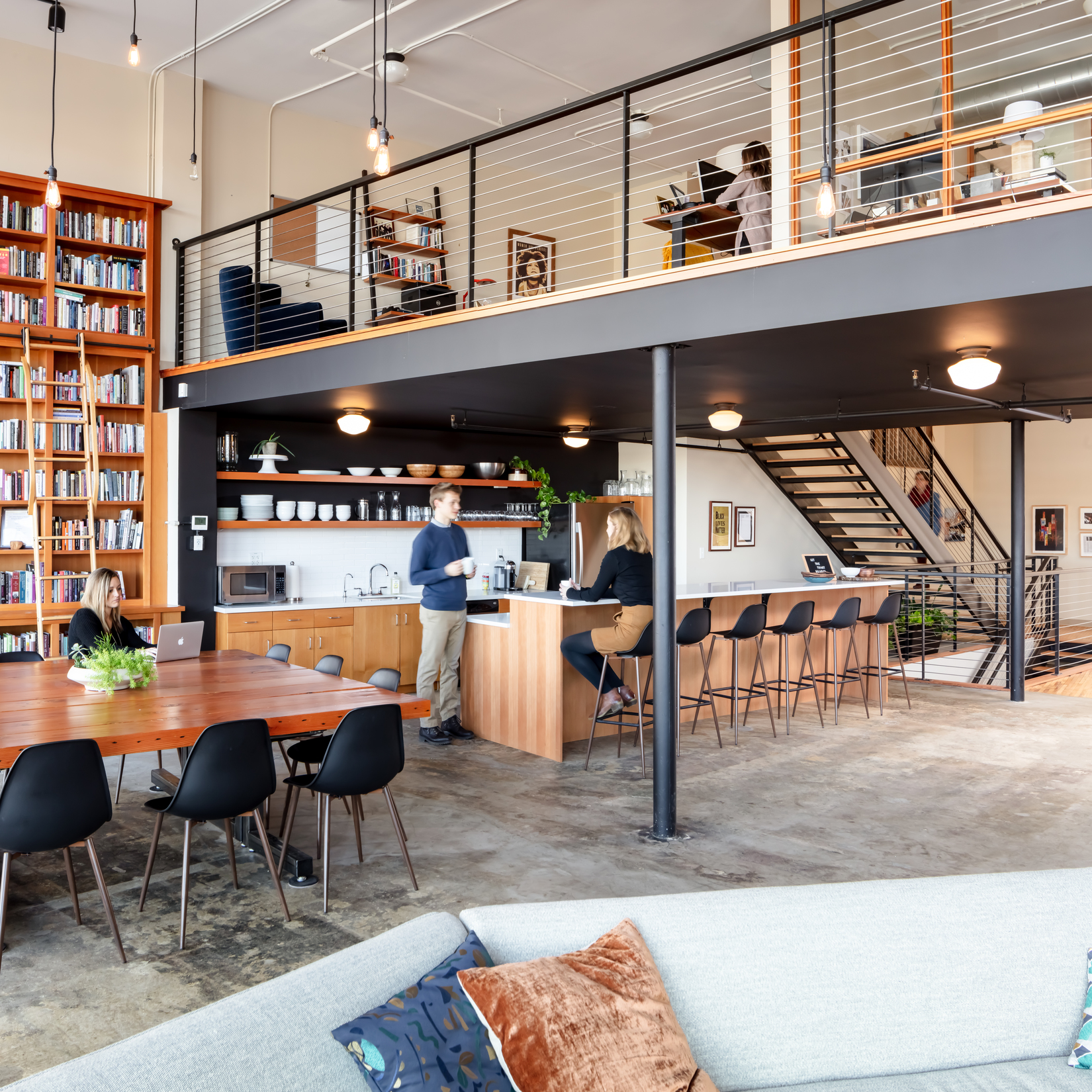An Interactive Tool for Circular Economy Strategies in the Built Environment

It's clear that applying Circular Economy principles will have profound impacts across all industries. In 2020, Cuningham's Work Studio wanted to understand these implications for the built environment. This year we've dived deeper into specific strategies that can be applied throughout the lifecycle of projects. Our aims include:
- Raising awareness of proven means to reduce waste, keep materials in use longer at their highest value, and restore natural ecosystems
- Sharing this information with clients, business partners, and other industry players
- Inviting others to contribute their innovative project examples and additional strategies
- Initiating changes at the systems level of industry relationships in the overall supply chain
We hope you join us in this ambitious endeavor!
Identifying Circular Strategies with an Interactive Tool
Below, you can access Cuningham's interactive tool kit that identifies a total of 30 circular strategies, many of which have already been practically applied in real-world projects.
This toolkit has been designed to aggregate the resources related to the Circular Economy in the Built Environment. It is intended to be used by Owners, Designers, Manufacturers and Contractors as an educational and resource roadmap to circular strategies.
Four Phases
The tool breaks down the project timeline in terms of the circular economy activities taking place at each lifecycle phase. The four phases are delineated below.
Resource Exchange
This tool itself is part of resource exchange. This is where we learn about new strategies, and find all the information and materials to then design the built environment. This is the pond of resources, tangible and intangible.
Design and Deliver
One of the most impactful stages for creating a circular journey in the built environment. Working off of the Circular Economy pillar to “Design out Waste”, this phase is where we identify and coordinate the tangible strategies to be used during design.
Intelligent Built Environment
During this phase, ideas are implemented and tracked. We are now using/reusing the design to its maximized potential. This is where we would see the third Circular Economy principle to “regenerate natural systems” at work.
End of Design Life
The follow through, with an emphasis on another Circular Economy principle to “Keep Materials in Use”. This phase is where materials make their way back to being exchanged or headed to their next site for reuse.
Getting Started
To get started, click either outside of the initial dialog window or the "Go To Diagram" button in the bottom right. The diagram will allow you to browse through the various strategies and resources associated with the above phases. If you'd like a more general sense on what the Circular Economy in the Built Environment entails click the button at the center of the diagram.